The Australian
By Barry Sterland and John Connor
On 1 July 2012 Australia’s first national carbon market commenced as the Gillard Government’s Carbon Pricing Mechanism came into effect. Since then, our carbon market has been a lightning rod for controversy. Aspects have been repealed, others advanced, and along the way it has always been subject to significant debate.
Ten years later, as we mark the anniversary of that first milestone, the carbon market is primed to emerge as a critical contributor to Australia meeting its net zero ambition. Importantly, this newly shaped market will provide options for businesses to meet both their stronger voluntary commitments and new, tightening regulatory requirements.
What’s positive is that this new phase of the carbon market is emerging in very different circumstances than those of ten years ago. There is consensus about the final destination – net zero. Within both business and the community, there is wide agreement around the need for more ambitious medium-term reductions. The new Government has already increased Australia’s international commitment for 2030 emission reduction.
Consumers, investors and business are now setting the pace in emissions reduction. That means regulatory settings can play a complementary role in boosting the significant market momentum, ensuring clear investment signals and an inclusive transition.
Yet while much has changed similar challenges remain. That means the lessons from the earlier reform experience will still be relevant in developing new arrangements. How should that play out?
First, integrating new targets and compliance mechanisms with the carbon market, electricity generation, and industry will be critical. It’s clear that the absence of this integration has been a hand brake on investment as well as emissions reduction and we must learn from this
The Government aims to strengthen the current Safeguard Mechanism in the next 12 months. That means organisations can meet tightening facility emissions baselines by either reducing emissions or surrendering approved carbon units themselves representing emissions avoidance or reduction. In turn, this will provide signals to spur investment in emissions reduction technology whilst also providing market signals for carbon units to play their role in assisting efficient reduction in net emissions.
Second, transitional arrangements will be key. We will need to both ensure a smooth and inclusive introduction of new arrangements, and at the same time, support Australia achieving a decisive shift towards net-zero emissions.
In 2012, we saw transitional arrangements put in place intended to manage early carbon price volatility. And we saw careful consideration of the roles of domestic and international carbon units in the market, to balance cost, community confidence, and market development considerations.
These issues are likely to remain critical, though in the context of a stronger sense of urgency.
The Government has also made it clear that international competitiveness will be a factor in setting the level and pathway to net zero for facility benchmarks. As was the case ten years ago, global action is uneven but there is far greater commitment to decarbonisation amongst consumers, companies and countries, including our trading partners
We expect there will also be a stronger focus this time around on complementary public investments. Policy settings must ensure affected regions thrive in attracting new investments, and benefit from the land-based market opportunities coming from the expanded market.
The third challenge is around markets: Australia needs to build market confidence with independent, investment grade institutions. Fortunately, the foundations for this are in place, with Australia possessing world-leading institutions, legislative and regulatory arrangements.
With appropriate renovations, the architecture of the Clean Energy Regulator and Climate Change Authority are well placed to inform and regulate the carbon market.
Concurrently, The Australian Renewable Energy Authority and the CEFC Clean Energy Finance Corporation provide the critical grant and finance support to invest in the right technologies. These are pathways that can respond to new economic signals.
Australia’s offset market is also significantly more liquid and able to assist the decarbonisation transition and the Government’s proposed review of the ACCU market provides an opportunity to ensure integrity and transparency to maintain community and investor confidence as this market expands to assist meet tightening regulations.
Finally, successfully navigating differences around emissions targets and trajectories will be key to policy progress. The global context may make this easier. We can expect strong pressure from investors, consumers, and global policy which will magnify the impact of domestic policy signals, producing stronger emissions reduction responses than would be expected from historical relationships.
Understanding the challenges and applying the lessons learned from the last decade can ensure that the carbon market emerges stronger from the battleground of the last decade. We are confident this new and improved carbon market can make a strong and sustained contribution to Australia meeting its greater medium-term ambitions, with the urgency climate science requires.
Businesses and market participants must now gear up to respond to this new chapter in the carbon market.
Barry Sterland is Partner, Energy Transition Leader at KPMG Australia and John Connor is CEO at the Carbon Market Institute



